Credit Card Interest Rates in the Philippines: A Guide to Smart Finance Management
 5 min. read
5 min. read
| KEY TAKEAWAYS |
| Credit card interest in the Philippines grows quickly if unpaid, but knowing the four main charges and how banks calculate them helps you avoid costly debt.
- Retail, cash advance, installment, and penalty charges apply - Interest compounds daily on your unpaid balance - Pay in full and avoid cash advances to save |
Credit cards make daily transactions easier, offering flexibility, rewards, and a safety net when cash runs short. But convenience comes at a cost many cardholders underestimate—interest. If you ignore how interest rates work, your unpaid balance can snowball, turning a manageable expense into a persistent burden.
Every swipe, cash advance, or late payment carries its own charge, and knowing these rates helps you avoid unnecessary debt. This guide will break down credit card interest rates in the Philippines, explain how banks calculate them, and share strategies you can use to manage interest smartly while keeping your finances under control.
4 Key Credit Card Interest Rate Categories in the Philippines
Before you can manage your card wisely, you need to understand the different types of interest charges banks apply. Each category affects your balance differently, so knowing how they work prevents surprises on your statement.
- Retail interest rate
Retail interest rate applies when you carry an unpaid balance from regular purchases, such as groceries or fuel. In the Philippines, banks generally follow the Bangko Sentral ng Pilipinas (BSP) cap of 3% per month. Paying your balance in full every billing cycle lets you avoid this entirely. - Cash advance interest rate and fees
When you withdraw cash from your credit card, banks apply higher rates along with service fees. Unlike retail charges, interest on cash advances starts immediately—there’s no grace period—making this one of the most expensive ways to use your card.
For example, withdrawing ₱5,000 with a 3% cash advance fee (₱150) plus daily interest of 0.1% can cost you ₱300–₱500 extra in just a month. - Installment interest rate (add-on rate)
You can convert big-ticket purchases into monthly installments. Some promos offer zero interest, but others use “add-on” rates, where the interest is spread across each installment.
For example, a ₱20,000 phone paid over 12 months at 1.5% add-on per month = ₱300 per month in interest. Total = ₱20,000 + (₱300 × 12) = ₱23,600.
The effective interest rate (EIR) here is closer to 32% annually, almost double the quoted 18% add-on. - Penalty or default interest rate
Late payments trigger penalty rates, often higher than standard charges, as well as late payment fees. Consistently missing due dates also affects your credit standing, making it more challenging to apply for loans or new credit cards.
How to Calculate Credit Card Interest Rates in the Philippines
Understanding how banks compute your charges helps you see the real cost of carrying debt. While the numbers may look intimidating at first, the formula is straightforward once you break it down.
Step 1: Identify the daily interest rate
Most banks in the Philippines apply a monthly retail interest cap of 3%, as mandated by BSP. To get the daily rate, divide the monthly rate by 30.
For example: 3% ÷ 30 = 0.1% per day
Step 2: Find your average daily balance
Interest is applied to your unpaid balance each day of the billing cycle. If your balance changes (for example, if you make a partial payment mid-cycle), the bank computes a weighted average to reflect these changes.
Step 3: Multiply the daily rate by the number of days
Take your average daily balance and apply the daily rate for the number of days in your billing cycle (usually 30 days).
Formula: Interest = (Average Daily Balance × Daily Interest Rate) × Number of Days
For example:
If your unpaid balance is ₱10,000:
Daily interest rate = 0.1% (0.001 in decimal)
Billing cycle = 30 days
Interest = (₱10,000 × 0.001) × 30 = ₱300
That ₱300 gets added to your balance if you don’t pay it off in full.
Other considerations
- Cash advances – Interest starts accruing immediately with no grace period, plus a processing fee of 3–5%.
- Installments – Add-on rates make interest look smaller on paper, but the EIR shows the actual higher cost.
- Penalty fees – Even within the 3% ceiling, missing due dates can result in paying penalty interest and late fees of up to ₱1,000.
By understanding how credit card interest rates in the Philippines are calculated, you can see how small daily percentages accumulate into substantial costs over time. This awareness gives you leverage to pay smarter and minimize debt.
7 Tips to Responsibly Manage Credit Card Interest Rates in the Philippines
Managing your card well builds habits that prevent interest from draining your money. Here are practical strategies you can apply right away:
- Pay your balance in full each month
The simplest way to avoid interest is to clear your entire balance before the due date. - Always pay more than the minimum
Paying only the minimum keeps your account active, but it allows interest to accumulate. Even small extra payments chip away at your principal faster. Exploring different repayment strategies, such as the snowball or avalanche method, can help you find a more effective way to pay off debt. - Avoid cash advances unless necessary
Cash withdrawals from a credit card are expensive, with high fees and immediate interest charges. You may want to consider less costly options, such as personal loans or e-wallet transfers. - Track your due dates
Missing even one payment can trigger penalty interest and late fees. Automate payments through your banking app to stay consistent. - Choose the right credit card for your needs
Some cards offer lower retail interest rates or longer grace periods. Align your choice with your lifestyle—whether for groceries, travel, or utilities—to find a card that fits your needs. - Understand how interest is calculated
Knowing the formula helps you understand how daily charges accumulate. If you’re aware of how credit card interest rates in the Philippines are applied, you’ll make smarter payment decisions.
Spark Your Interest
Credit card interest rates in the Philippines may seem complex at first, but they’re built on simple rules. Once you understand how charges are applied, you gain the power to manage your balance instead of letting it control you. Paying in full, avoiding cash advances, and tracking your due dates are all small, consistent steps that protect your financial health.
If you’re ready to take a smarter approach to credit, explore the options offered by RCBC Credit. Visit RCBC Credit Cards to find a card designed to match your lifestyle and help you stay in control of your finances.
Frequently Asked Questions
The four types are retail interest on unpaid purchases, cash advance interest and fees, installment interest through add-on rates, and penalty interest charged when due dates are missed.
Banks use your average daily balance, multiplied by the daily rate (BSP caps at 3% monthly, or 0.1% per day), and the number of days in your billing cycle.
Example: ₱10,000 × 0.1% × 30 days = ₱300 interest
Late payments trigger penalty interest within the BSP’s 3% monthly ceiling. Repeated delays can also harm your credit standing, potentially limiting future loan or credit card approvals.
Pay your balance in full each month, avoid cash advances, pay more than the minimum, track due dates, and keep your credit utilization below 30% to minimize interest charges.
RCBC Visa Infinite, World Mastercard, Hexagon Club Priority World, Hexagon Club Privilege, Visa Platinum, and AirAsia Platinum all provide unlimited lounge access. You can also use the Black Platinum Mastercard and JCB Platinum to enter, but RCBC first charges the fee and then refunds it after you meet the overseas spend requirement.

 bc
bc

















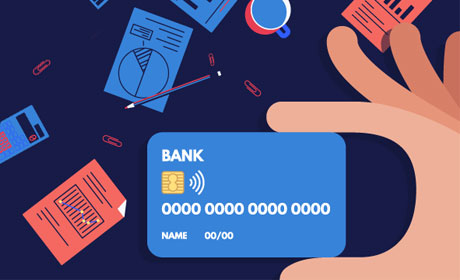


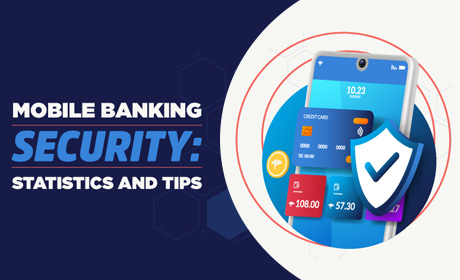


.png)
.png)





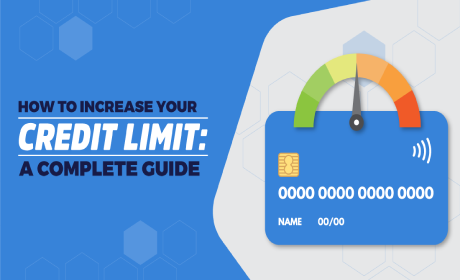
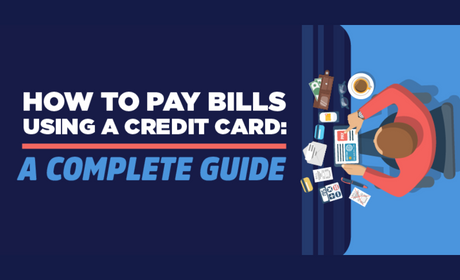



.jpg)
.jpg)
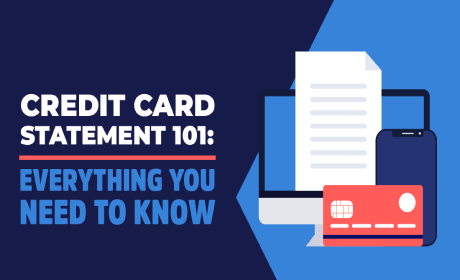
.jpg)

.jpg)

.jpg)



.jpg)
 (1).jpg)
 (1).jpg)
 (1).jpg)

.jpg)
 (1).jpg)
 (2) (1).jpg)
 (2) (1).jpg)
.jpg)
 (1).jpg)
 (1).jpg)
 (1).jpg)
 (1).jpg)


.jpg)
.jpg)
.jpg)
.jpg)
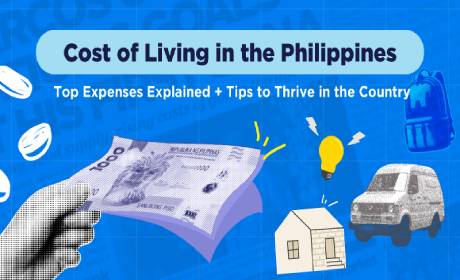
.jpg)
.jpg)


.jpg)
.jpg)
.jpg)
.jpg)
.jpg)
.jpg)


.jpg)
 (1).jpg)

.jpg)

.jpg)
.jpg)
.jpg)
.jpg)
.jpg)


